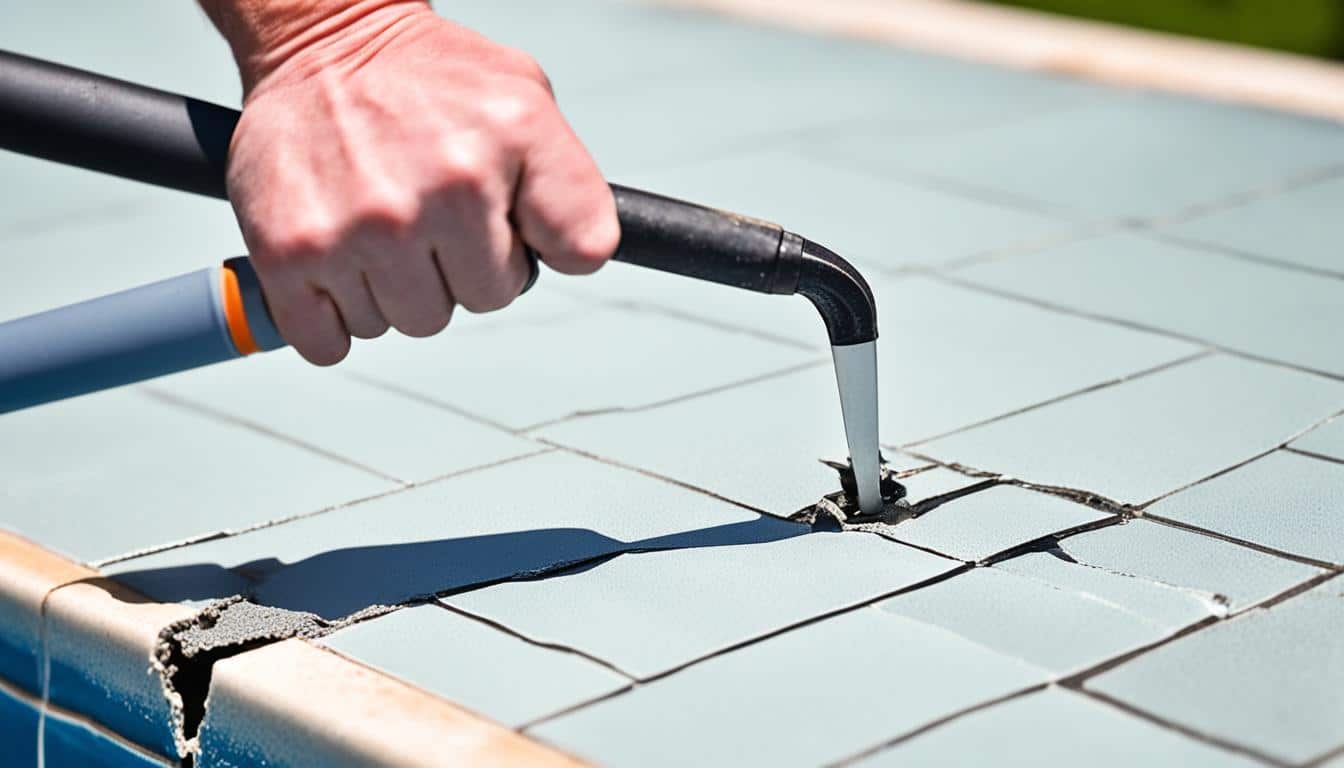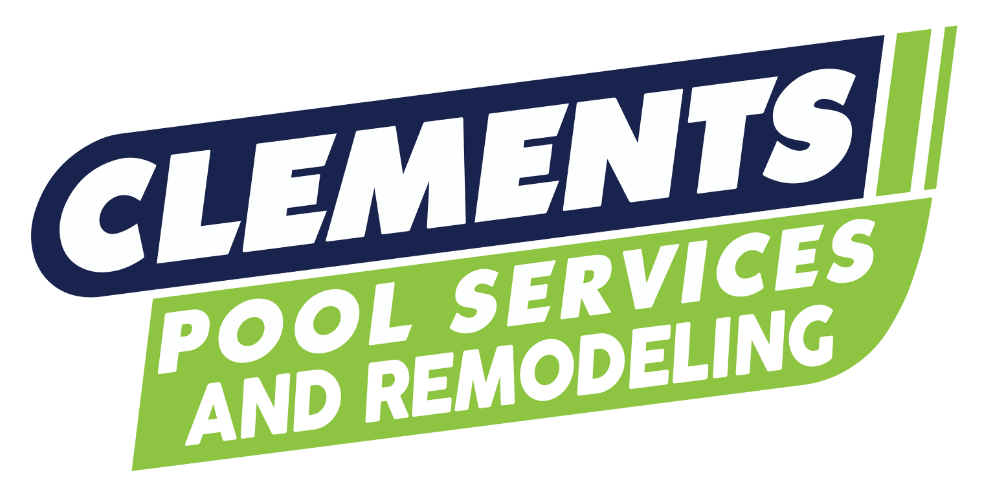Owning a pool is a significant investment, offering countless hours of relaxation and fun. However, maintaining a pool’s integrity is crucial to ensuring its longevity and safe use. Among the most common yet critical issues pool owners face are structural cracks. Cracks in pools can not only detract from their aesthetic appeal but also pose serious safety and maintenance concerns if not addressed promptly and effectively. This guide will explore the best practices for repairing structural cracks in pools efficiently, ensuring your pool remains a beautiful and safe haven for years to come.

Understanding the Causes of Cracks in Pools
Cracks in pools can occur due to a variety of reasons, each requiring a specific approach for effective repair. The most common causes include:
- Ground Movement: Shifts in the earth beneath or around the pool can lead to cracks, particularly in areas prone to soil expansion and contraction.
- Poor Construction: Inadequate reinforcement or improper materials used during the pool’s construction can result in structural weaknesses that manifest as cracks over time.
- Weather Extremes: Exposure to extreme temperatures, especially freezing conditions, can cause the pool surface to expand and contract, leading to cracks.
- Chemical Imbalances: Incorrect water chemistry can deteriorate the pool surface, making it more susceptible to cracking.
Identifying the root cause of the cracks in pools is the first step in determining the most appropriate repair method, ensuring the problem is addressed at its source.
Types of Cracks in Pools and Their Implications
Understanding the different types of cracks in pools can help in determining the severity of the issue and the necessary repair approach. The most common types include:
- Surface Cracks: These are usually cosmetic and affect only the pool’s finish. They are often caused by minor ground movement or chemical imbalances and can usually be repaired easily.
- Structural Cracks: These cracks penetrate deeper into the pool’s shell and can indicate serious structural issues. They are often caused by significant ground movement, poor construction, or major temperature changes. Left untreated, structural cracks can lead to water leakage and further damage.
- Hairline Cracks: These are small, often barely noticeable cracks that may or may not indicate a deeper issue. Monitoring these cracks is crucial as they can expand over time, leading to more significant problems.
Understanding the type of crack present in your pool helps in selecting the most appropriate repair method, ensuring long-lasting results.

Methods for Repairing Cracks in Pools
When it comes to repairing cracks in pools, the method chosen will depend on the severity and type of crack. Below are some of the most effective methods:
1. Epoxy Injection
Epoxy injection is a common and effective method for repairing structural cracks. This method involves injecting an epoxy resin into the crack, which then hardens and seals the crack from further damage.
- Steps for Epoxy Injection:
- Clean the Crack: Remove any debris or loose material from the crack.
- Drill Holes: Drill small holes along the length of the crack to allow for even distribution of the epoxy.
- Inject Epoxy: Use a specialized injector to fill the crack with epoxy, starting from the lowest point and working upward.
- Seal the Crack: Once the epoxy has been injected, the crack is sealed to prevent further damage.
2. Polyurethane Foam Injection
Polyurethane foam is another effective solution, particularly for cracks caused by ground movement. The foam expands to fill the crack and can adjust to any future shifts in the ground.
- Steps for Polyurethane Foam Injection:
- Clean the Crack: As with epoxy injection, ensure the crack is free of debris.
- Inject Foam: Apply the polyurethane foam into the crack. The foam will expand, filling the void and creating a flexible seal.
- Seal the Crack: After the foam has set, the crack should be sealed with a waterproof coating.
3. Hydraulic Cement
Hydraulic cement is ideal for repairing larger structural cracks, especially in pools that experience significant water pressure.
- Steps for Using Hydraulic Cement:
- Clean and Prepare the Crack: Remove loose material and widen the crack slightly to allow the cement to adhere properly.
- Mix the Cement: Follow the manufacturer’s instructions to mix the hydraulic cement.
- Apply the Cement: Press the cement into the crack, smoothing it out and ensuring a tight seal.
- Cure the Cement: Allow the cement to cure fully before refilling the pool with water.
4. Fiberglass Pool Patch Kits
For fiberglass pools, specialized patch kits are available that can effectively seal cracks.
- Steps for Using a Fiberglass Pool Patch Kit:
- Clean the Area: Ensure the area around the crack is clean and dry.
- Prepare the Patch: Cut the fiberglass patch to size and mix the resin according to the instructions.
- Apply the Patch: Place the patch over the crack and apply the resin, smoothing it out to remove air bubbles.
- Cure the Patch: Allow the patch to cure fully before refilling the pool.

Preventative Measures to Avoid Cracks in Pools
Preventing cracks in pools is always preferable to repairing them. Implementing the following measures can help maintain the integrity of your pool:
- Regular Maintenance: Routine checks and maintenance can help catch minor issues before they develop into major problems.
- Proper Water Chemistry: Maintaining balanced water chemistry can prevent surface deterioration and prolong the life of your pool.
- Seasonal Care: Preparing your pool for extreme weather, especially winter, can prevent cracks caused by freeze-thaw cycles.
- Ground Stabilization: Ensuring the ground around your pool is stable and properly graded can reduce the risk of ground movement-related cracks.
The Importance of Professional Pool Inspection
Even with the best preventative measures, cracks in pools can still occur. Regular professional inspections are crucial in identifying potential issues early and ensuring they are repaired efficiently.
Benefits of Professional Inspection:
- Expertise: Pool professionals have the knowledge to identify both surface and structural cracks, determining the best repair method.
- Advanced Tools: Professionals have access to specialized tools and materials that ensure a thorough and lasting repair.
- Safety: Ensuring that all repairs are done correctly and safely protects both your pool and those who use it.

FAQs About Repairing Cracks in Pools
1. What should I do if I find a crack in my pool?
If you discover a crack in your pool, it’s essential to act quickly. Assess the type of crack and consult a professional to determine the best course of action. Minor surface cracks may be manageable, but structural cracks often require professional intervention.
2. Can all cracks in pools be repaired?
Most cracks in pools can be repaired, though the method and success rate depend on the crack’s size and cause. Structural cracks generally require more extensive repairs than surface cracks.
3. How often should I inspect my pool for cracks?
It’s advisable to inspect your pool at least once a year, ideally before and after the swimming season. Regular inspections help catch cracks early, preventing more extensive damage.
4. Can I repair cracks in my pool myself?
Minor surface cracks can often be repaired by homeowners using pool repair kits. However, structural cracks should be addressed by a professional to ensure proper repair and avoid further issues.
5. What are the long-term consequences of ignoring cracks in pools?
Ignoring cracks, especially structural ones, can lead to water leakage, increased damage to the pool structure, and even safety hazards. Repairing cracks early prevents these issues and prolongs the life of your pool.
6. How much does it cost to repair cracks in pools?
The cost of repairing cracks in pools varies based on the crack’s severity and the chosen repair method. Professional repairs for structural cracks are more expensive but necessary for long-term integrity.
Addressing cracks in pools efficiently is crucial for maintaining both the aesthetic and functional aspects of your pool. By understanding the causes, types, and repair methods, and by implementing preventative measures, pool owners can ensure their pools remain safe, beautiful, and enjoyable for years to come. Whether you choose to handle minor repairs yourself or seek professional assistance for more significant issues, prompt and effective action is the key to preserving your pool’s integrity.


